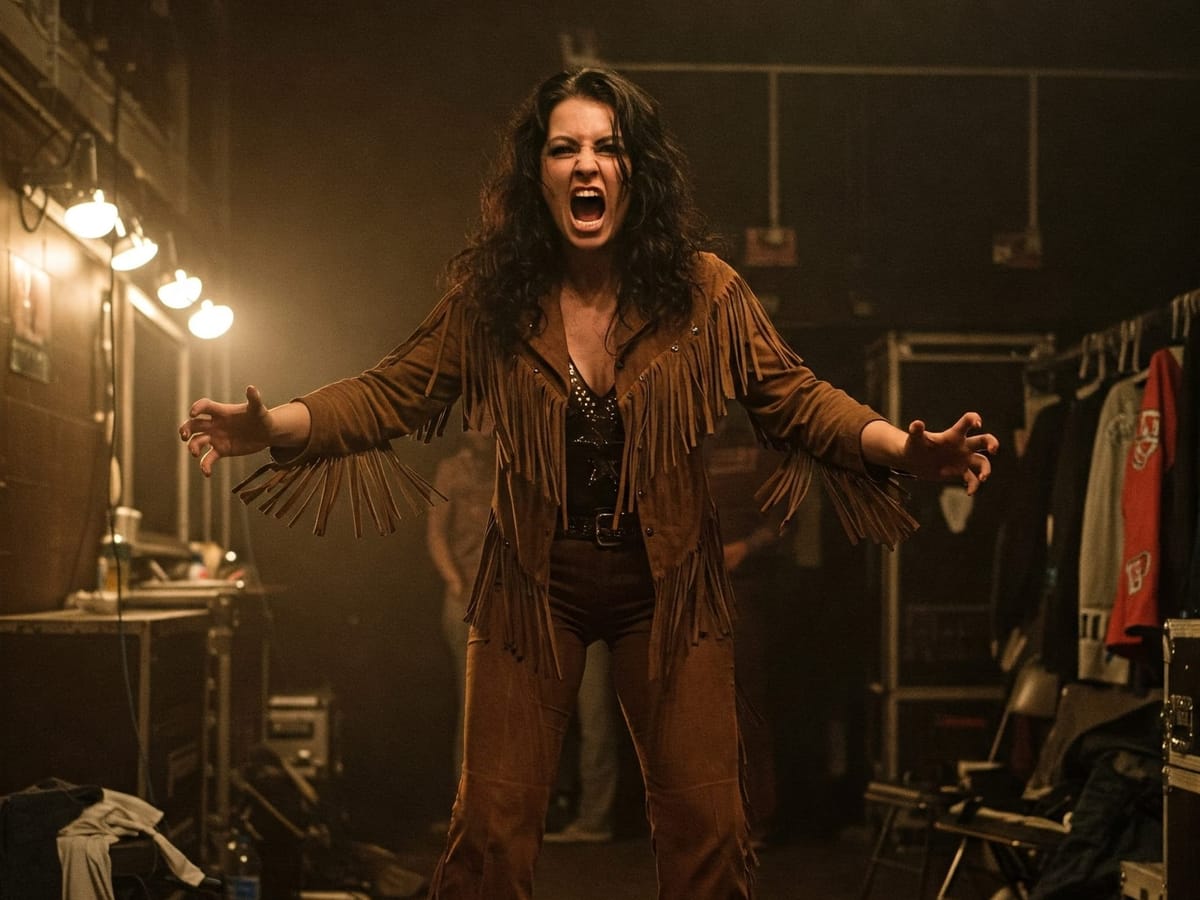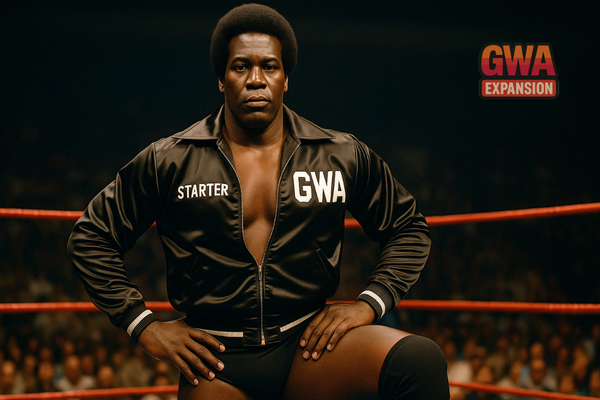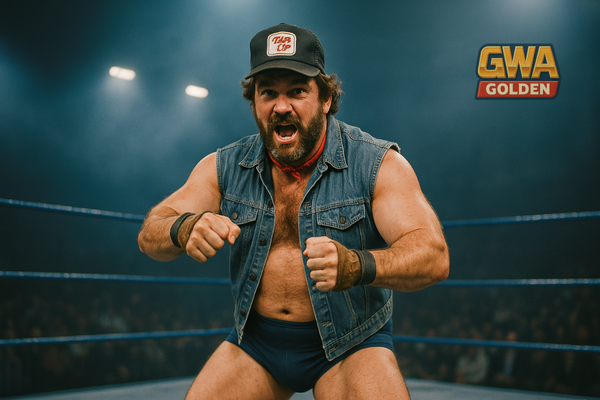Abby Clayton, The Calamity Queen
Nicknamed "The Deadwood Disaster," Abby Clayton stomps into arenas like a human dust storm — raw, untamed, and leaving chaos in her wake. Too rough for polite society and too authentic to be tamed, Calamity Queen turned her outcast status into her greatest weapon.

BASIC INFORMATION
Name: Abby Clayton, The Calamity Queen
Nickname(s): The Deadwood Disaster, The Badlands Brawler
Origin: Deadwood, South Dakota (Kayfabe) / Sheridan, Wyoming (Real)
Height: 5'8"
Weight: 162lbs
Finishing Move: Calamity Crashin' (Diving elbow drop from second rope)
Entrance Music: "These Boots Are Made for Walkin'" by Nancy Sinatra
PROFILE
Background
Born to a railroad worker father and a waitress mother, Abby Clayton's upbringing was as harsh as the Wyoming winters. While her official GWA biography claimed Deadwood origins to capitalize on Wild West mystique, her real roots were equally rugged. After a brief stint in amateur rodeo and factory work, Abby found her calling in professional wrestling, where her natural toughness and refusal to fit traditional feminine molds made her an anomaly in the women's division. Debuting during the Expansion Era, she quickly developed a reputation as both a capable worker and a locker room protector, particularly for rookie female talent navigating the male-dominated industry.
Personality Traits
- Fiercely independent with a frontier justice mindset
- Brash and confrontational, especially toward authority figures
- Disdainful of glamour and artifice
- Stubborn to a fault with zero filter
- Surprisingly strategic despite chaotic persona
PRESENTATION

Physical Appearance
Calamity Queen embodied frontier ruggedness with her weathered buckskin jacket adorned with fringe and subtle rose embroidery. She wore wrestling tights designed to resemble worn denim, paired with scuffed brown wrestling boots. Her thick dark brown hair was usually wild and untamed, often with flyaway strands framing her face. She wore minimal makeup, with the occasional black eyeliner to enhance her intense hazel eyes. A tooled leather belt with a tarnished silver buckle completed her signature look, sometimes accompanied by a coiled bullwhip she'd crack during entrances.
Ring Style
Clayton's in-ring style was a chaotic blend of brawling and surprising technical acumen. She specialized in stiff strikes, particularly forearm blows and lariats. While her base fighting style emphasized power and endurance, she occasionally surprised opponents with unexpected technical counters learned from her earlier rodeo days. Her signature moves included the Deadwood Drop (modified bulldog), Black Hills Boot (running boot to the jaw), and the Stagecoach Stretch (elevated surfboard submission). Her matches were characterized by their physical intensity and her willingness to take bumps that many female wrestlers of the era avoided.
AUDIENCE CONNECTION
Catchphrases
- "She ain't no damsel—she's the distress!"
- "Honey, trouble ain't a burden—it's a blessin'!"
- "Calamity's comin', better batten down yer hatches!"
Fan Interaction
Calamity Queen developed a dedicated following among working-class female fans who appreciated her authentic, unpolished approach. She often interacted with audiences by climbing onto barriers, spontaneously grabbing microphones from announcers, or calling out hecklers directly. While she rarely signed autographs at official functions, she was known to spend time with fans at roadside diners and local bars after shows. Her willingness to challenge the status quo made her particularly popular in industrial towns and rural communities where her frontier persona resonated with audiences tired of cookie-cutter wrestling characters.
LEGACY
Calamity Queen redefined women's wrestling during the Expansion Era by refusing to conform to traditional feminine stereotypes. Her authentic approach and willingness to take physical risks raised the bar for women's matches, proving female competitors could deliver the same intensity as their male counterparts. She broke ground by participating in previously male-dominated match types, including street fights and last standing matches. Behind the scenes, her protection of younger female talent created a safer working environment and mentored a generation of women who would later shine in the Golden Age. While never the most decorated champion, her cultural impact extended beyond titles, inspiring future performers who valued authenticity over polish, substance over style, and who weren't afraid to raise hell in a business that often tried to contain women's voices and ambitions.





